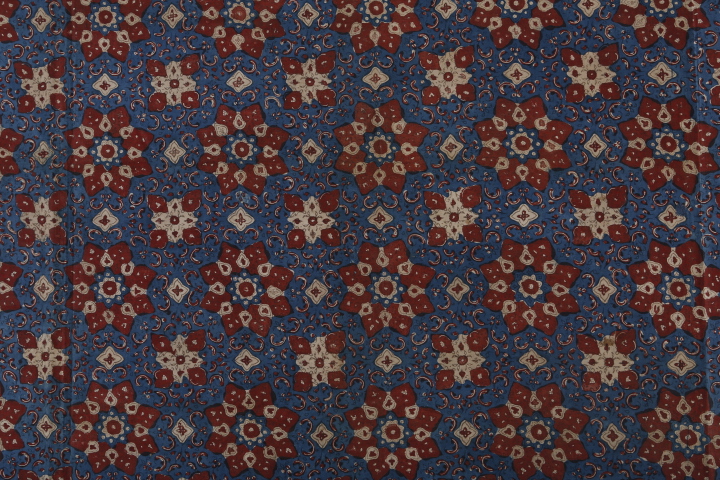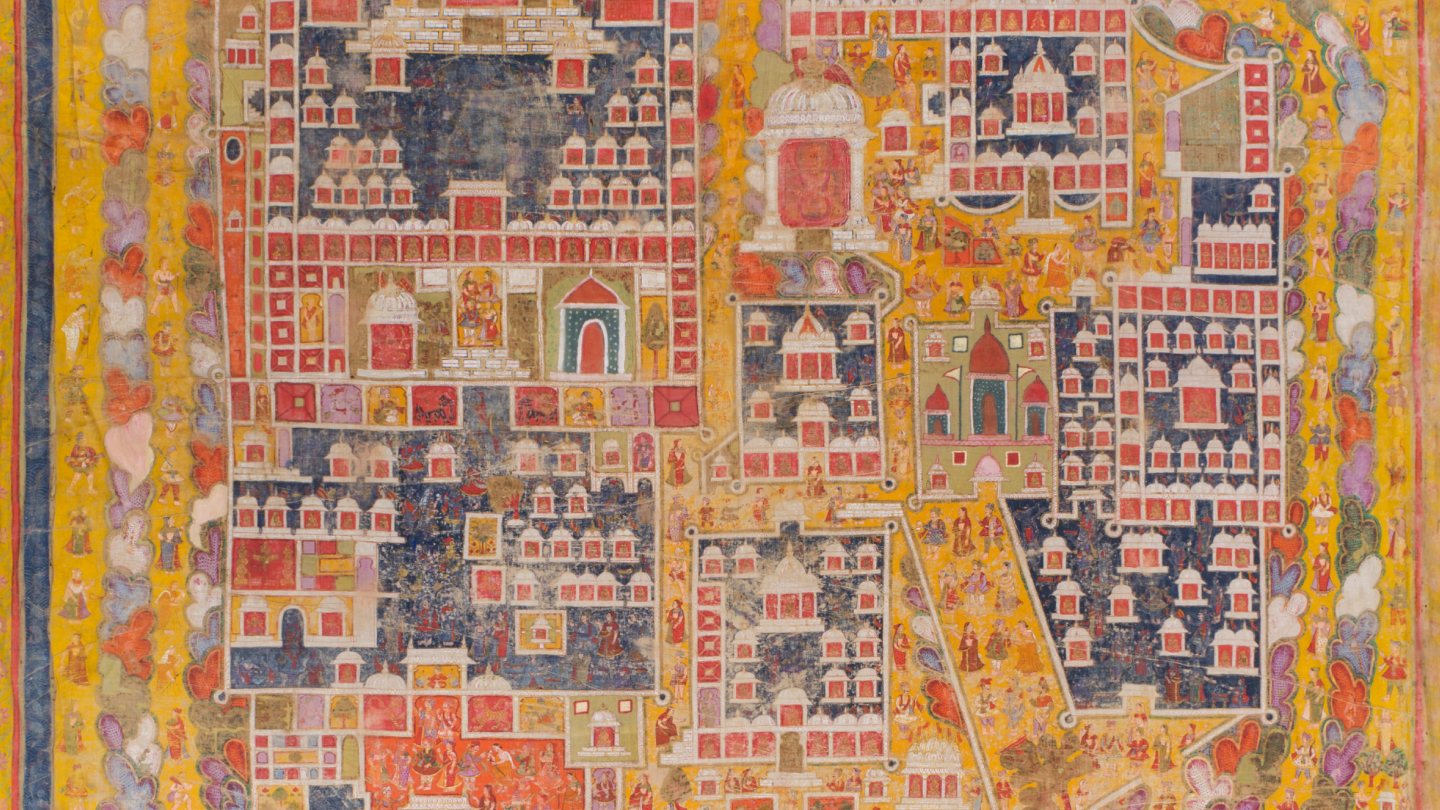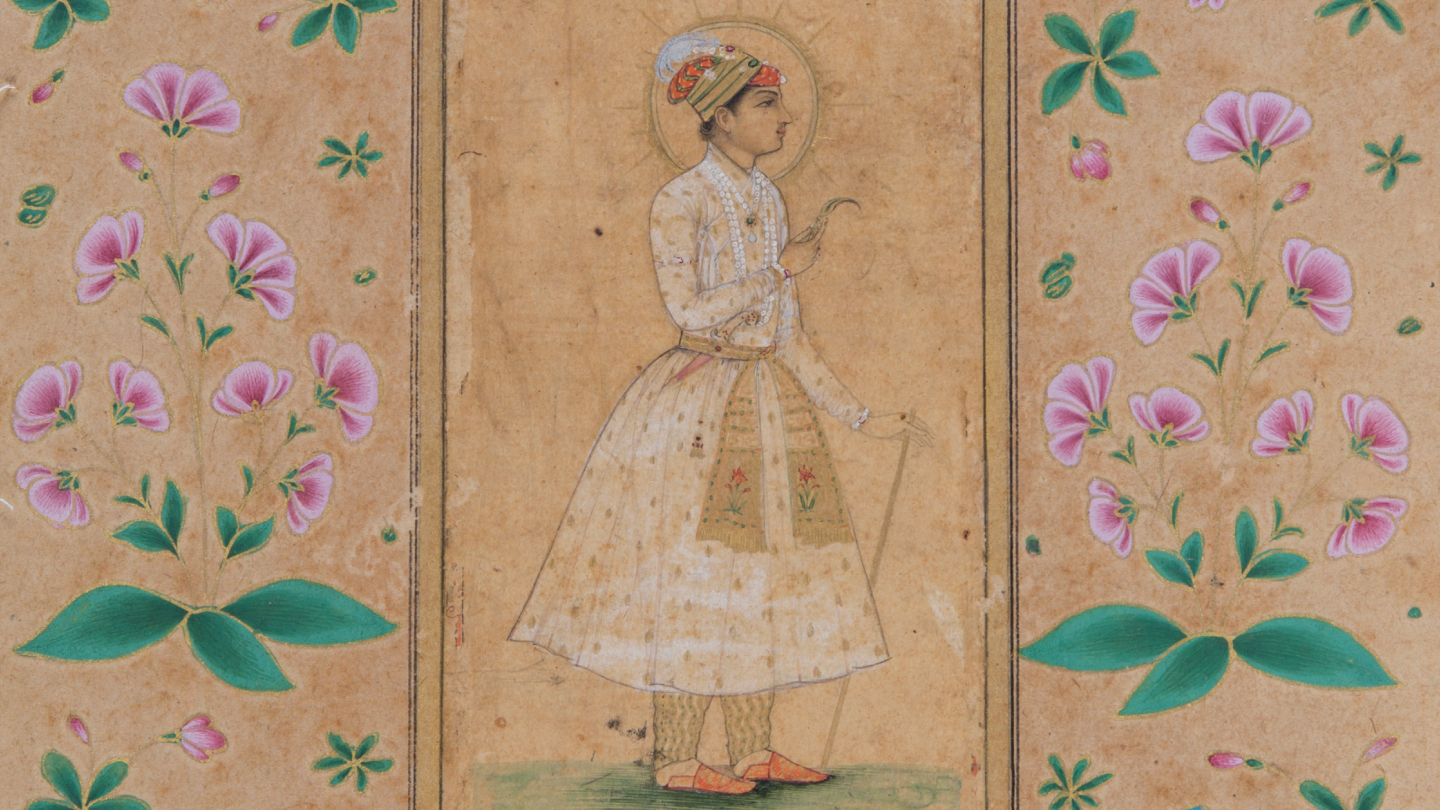Blogs
Conservation: Now and the Future
Krittika Kumari
The role of conservators, especially those working primarily with museum collections, goes beyond mere physical maintenance or restoration of the artworks. To touch upon the importance of the profession and its current state around the globe, MAP brought together four experts in a riveting panel discussion as part of the Museum Webinar series.
Conservation is an often overlooked field within the discipline of art and culture, in India and even internationally. The role of conservators, especially those working primarily with museum collections, goes beyond mere physical maintenance or restoration of the artworks. To touch upon the importance of the profession and its current state around the globe, MAP brought together four experts – Kate Seymour, Chair of the ICOM-CC Directory Board, Julian Bickersteth, Private Conservator, Anupam Sah, Heritage Conservation-Restoration Practitioner, and Luiz A C Souza, Conservation Science Professor in Brazil – in a riveting panel discussion as part of the Museum Webinar series.
Moderated by Vinod Daniel, Board member of ICOM, the discussion brought to the fore the different challenges faced in this profession, particularly when it comes to the recognition of conservation as an intrinsic and indispensable field within the sector. At the same time, the panelists also reflected on the future of the field around the world and in doing so, they highlighted the many opportunities that lie ahead for young conservators and heritage practitioners.
The topics covered ranged from the promotion of heritage preservation to the development of skill-building programmes for upcoming conservators. However, the primary focus remained on the need for the recognition of restoration, and especially in contemporary times more than ever. Kate Seymour and Anupam Sah both highlighted that even through the various lockdowns around the world over the past year, collections and artefacts required constant care and attention and hence, it is an absolute need of the hour for institutions and governments to allocate more resources towards the profession.
The other interesting issue that brought all four panelists in agreement was the importance of looking towards the hinterland of nations; to harness the skill set of local and indigenous communities as that is where the workforce lies. Sah pointed out that in many developing countries, the dexterity of the hand is still revered, such as of woodworkers and carvers, and that it is this handiwork and practical application that the field currently lacks. Thus, to look towards these skilled communities and to integrate them into the conservation and preservation of heritage would be beneficial for the progression of the field.
With all four panelists reflecting on the experiences and challenges of their careers, as well as their vision for the field in the next decade, the discussion was informative and relevant for young as well as seasoned professionals in the sector. Stream the full conversation on MAP’s website here.
Krittika Kumari is the Digital Editor at the Museum of Art & Photography, Bengaluru. A graduate of the Courtauld Institute of Art in London, her research interest lies in the Mughal miniature painting tradition, as well as Indian Modern Art.








